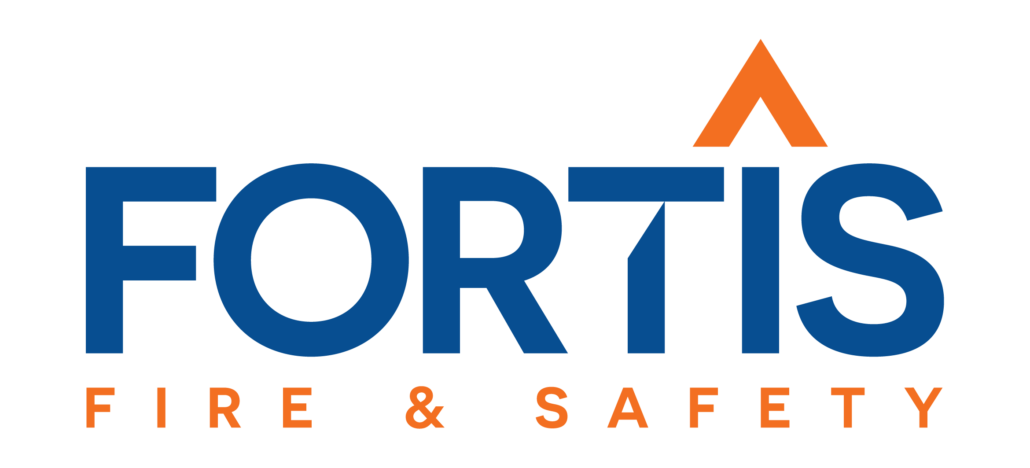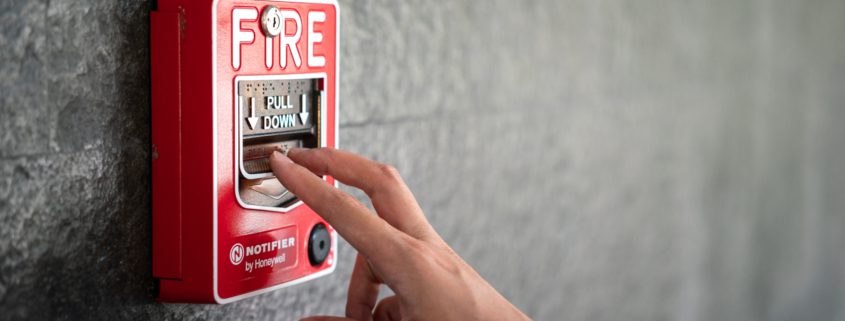Fire Alarm Systems: Enhancing Fire Safety in Commercial Properties
Fire safety is a critical concern for commercial property owners, managers, and occupants. One of the most effective ways to ensure fire safety is by installing reliable fire alarm systems.
Types of Fire Alarms
Fire alarm systems are essential for the safety and protection of both residential and commercial properties. They are designed to detect and alert occupants about the presence of a fire, allowing them to evacuate in a timely manner. Fire alarm systems can vary in terms of technology and functionality. In this article, we will explore the different types of fire alarm systems available in the market today.
Addressable Fire Alarm Systems
Addressable fire alarm systems are advanced and intelligent systems that provide detailed information about the location of the fire or fault. Each device, such as smoke detectors or heat detectors, is assigned a unique address, allowing the system to pinpoint the exact location of the alarm activation. This type of system is commonly used in large commercial buildings, campuses, or complex infrastructures where precise identification of the fire’s location is crucial for efficient emergency response.
Conventional Fire Alarm Systems
Conventional fire alarm systems are the traditional and widely used type of fire alarm systems. They are cost-effective and relatively simple in design. In a conventional system, multiple devices are wired to a control panel, and the devices are grouped into zones. When a device within a specific zone detects smoke or heat, the control panel identifies the activated zone but does not provide specific information about the exact location of the alarm. Conventional systems are commonly found in smaller buildings, residential properties, or facilities with less complex layouts.
Initiating Devices
Initiating devices are the components of a fire alarm system that detect the presence of fire or potentially hazardous conditions. They include smoke detectors, heat detectors, flame detectors, and manual pull stations. Smoke detectors sense the presence of smoke particles in the air, while heat detectors detect increases in temperature. Flame detectors respond to the presence of flames, and manual pull stations allow occupants to manually trigger the alarm system in case of emergency.
Notification Devices
Notification devices are responsible for alerting occupants of a building when a fire alarm is activated. These devices include bells, horns, strobe lights, and speakers. Bells and horns provide audible alerts, while strobe lights and speakers are used to visually or audibly alert individuals who may have difficulty hearing or seeing traditional alarms.
Wireless Mesh Technology
Wireless mesh technology is a relatively newer advancement in fire alarm systems. This technology allows devices to communicate wirelessly with one another, forming a self-configuring network. The network can transmit alarm signals and data without relying on physical wiring connections, providing flexibility and ease of installation. Wireless mesh technology is especially useful in retrofitting existing buildings where wiring installation is challenging or impractical.
VESDA Air Sampling Systems
VESDA (Very Early Smoke Detection Apparatus) air sampling systems are highly sensitive smoke detection systems. They use aspirating pipes to draw air samples from various areas of a building into a central detector unit. The system continuously analyzes the air samples for the presence of smoke particles, even before a visible fire occurs. VESDA systems are commonly employed in facilities that require extremely early detection, such as data centers, museums, and server rooms.
How Fire Alarms Work
Fire alarms work by detecting smoke, heat, or other fire-related activity. When the alarm senses these indicators, it triggers a loud audible alarm and, in many cases, alerts the fire department. The timely warning provided by fire alarms allows occupants to evacuate safely and improves the chances of minimizing property damage.
Regulations and Codes
Commercial buildings are subject to various regulations and codes governing the installation and maintenance of fire alarm systems. The National Fire Alarm and Signaling Code (NFPA 72) is a widely recognized standard, but local building codes may also apply. Compliance with these regulations is crucial to ensure the safety of building occupants and to avoid penalties or legal issues.
Maintenance and Testing
Regular maintenance and testing are vital to ensure that fire alarm systems function properly when needed. Inspections and testing should be performed at regular intervals, following the recommendations outlined by the manufacturer and local regulations. Working with a reputable fire safety contractor is beneficial, as they have the expertise to perform thorough maintenance and testing, ensuring the reliability of the system.
Final Notes
Fire alarm systems play a crucial role in enhancing fire safety in commercial properties through early detection. By investing in a reliable fire alarm system and complying with regulatory requirements, property owners and managers can significantly reduce property damage and protect their investment. Regular maintenance and testing are essential to keep the system in optimal condition.
If you’re looking to enhance fire safety in your commercial property, consult with fire safety experts who can guide you through the process of selecting and installing the right fire alarm system. Protect your business, occupants, and investments by making fire safety a top priority.
Learn More About Fortis
At Fortis Fire & Safety, we provide cutting-edge expertise in fire protection planning, design, and construction. We understand the challenges that modern facilities face and utilize our experience to find efficient and cost-effective solutions. From initial planning to acceptance testing and beyond, we offer a comprehensive suite of services.
We use the latest in computer-automated design to map out your system so we know the exact specifications before we even set foot on your job site. No need for drawings; we can map your facility and create blueprints from scratch.
We facilitate BIM coordination for new construction projects. We work with your BIM coordinator to load in our plans to avoid structural conflicts before they happen. Additionally, all of our designers are NICET certified in their respective fields.
Learn more about our fire protection services.





